In Japan, capsule toys have long been loved by children — and they come with many different names.
You may hear “Gashapon,” “Gachapon,” or “Gachagacha,” depending on the company and region.
Different Names for Capsule Toys
Each name is actually a registered trademark of different companies, though all refer to the same fun little machines that dispense capsule toys.
Originally popular among children in the Showa era, these machines were once found in front of small candy shops or tobacco stores.
Today, capsule toy machines have evolved into a cultural phenomenon.
You can now find massive “gacha” shops with hundreds of machines in Japan — and even see them overseas in countries like Australia and the United States.

How the Words Were Born
All these names come from onomatopoeic expressions — Japanese sound words that imitate real sounds.
- Gacha / Gasha – the clattering sound of turning the handle
- Pon – the soft “pop” when the capsule drops out
The words Gachapon and Gashapon are composed of these sounds.
They are easy to imagine, fun to say, and instantly memorable.
This sound-based naming makes people feel a sense of playfulness and warmth, which perfectly matches the spirit of capsule toys.
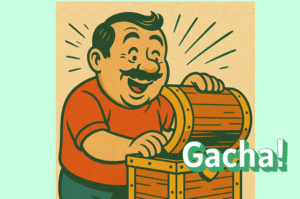
A Short History of Capsule Toys in Japan
Capsule toys first appeared in Japan around the 1960s.
Children would put a coin into a small machine, turn the handle, and wait for that exciting “pon!” moment when the capsule dropped into the tray.
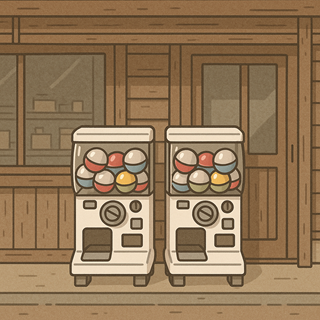
Over the decades, capsule toys became an inseparable part of everyday life.
What started as a small joy at local shops has now grown into a large-scale entertainment culture.
Today, there are even dedicated capsule toy facilities filled with rows of machines, offering everything from cute characters to miniature collectibles.
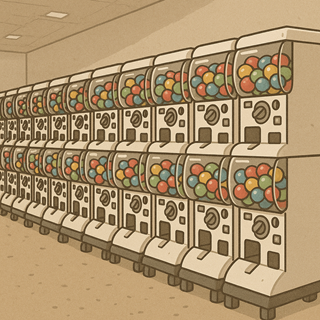
Final Thoughts
The world of capsule toys is built on sound —
from “gacha” to “pon,” every spin is a small story of surprise and delight.
This is how playful sound became part of Japan’s everyday culture.
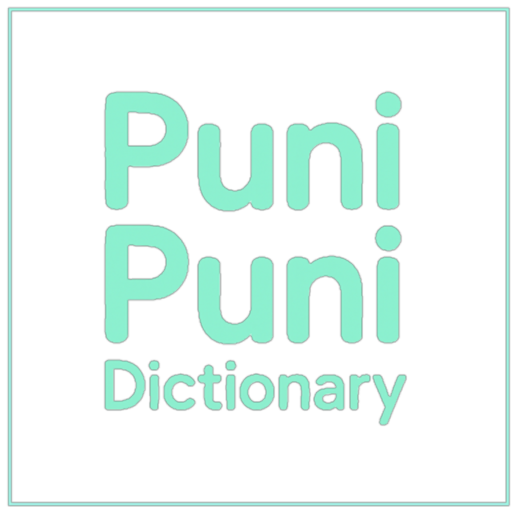
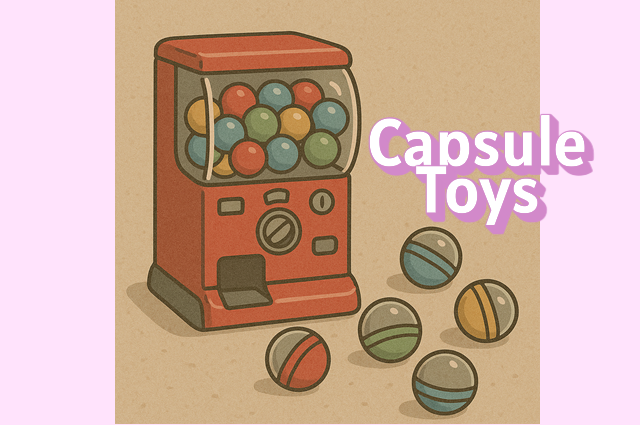
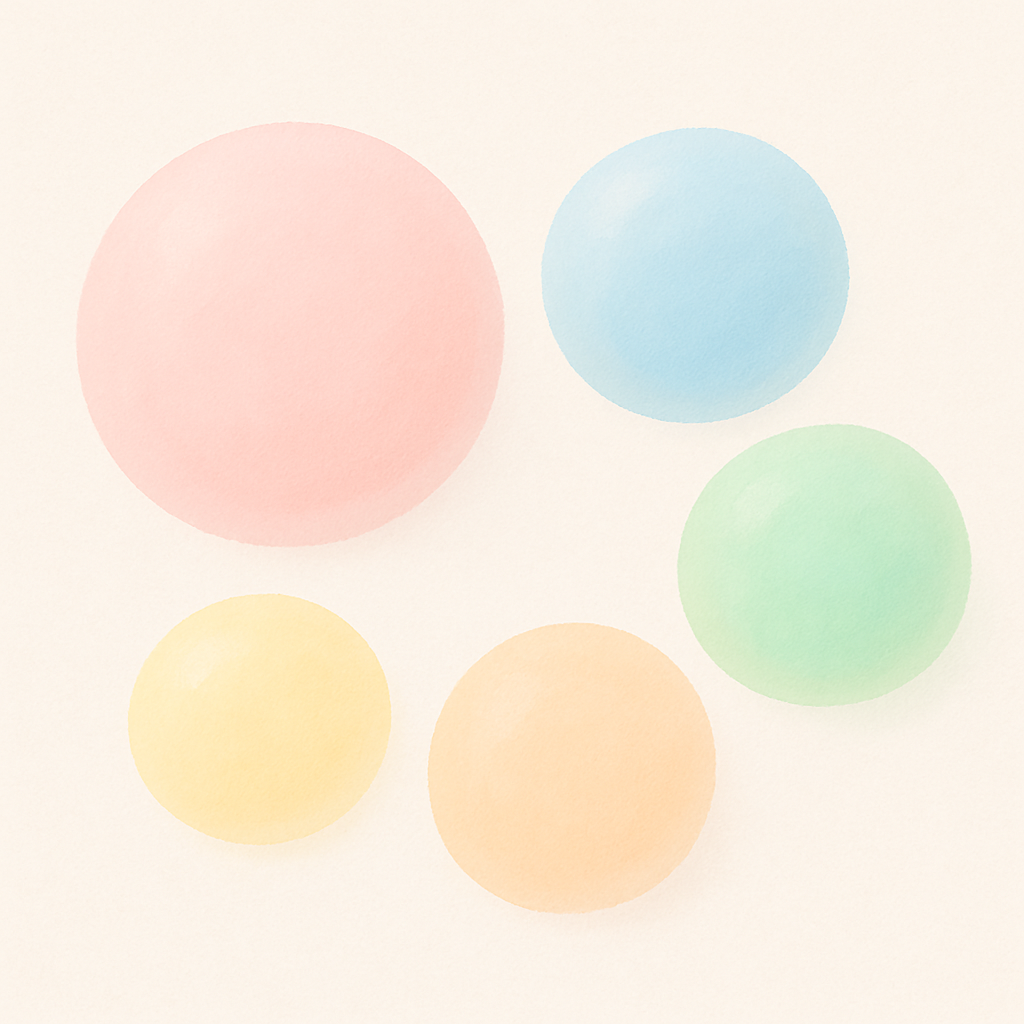

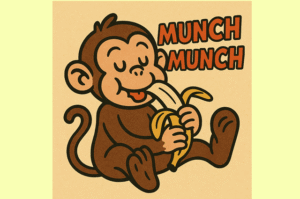


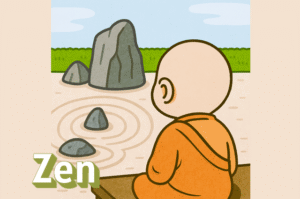
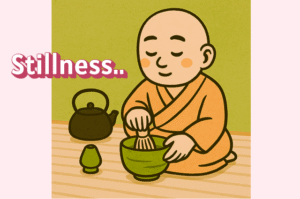
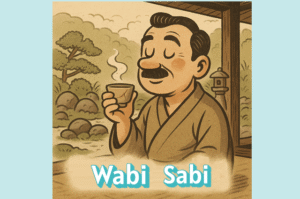
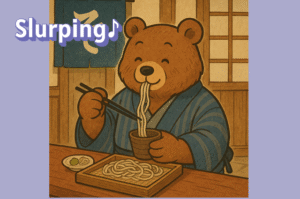
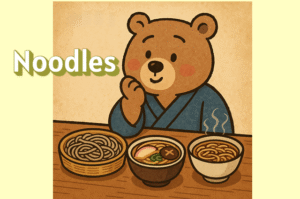
Comments